Colleen
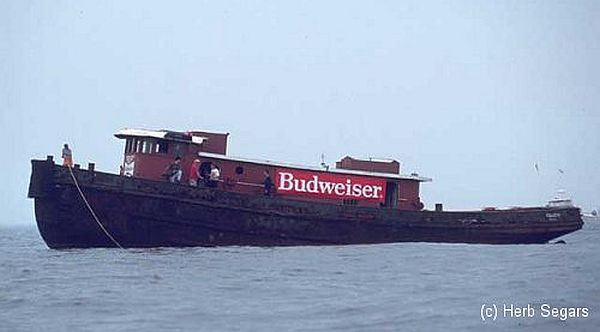
- Type:
- artificial reef, tugboat
- Built:
- 1952, American Marine, New Orleans LA, USA
- Specs:
- ( 92 x 25 ft ) 150 tons
- Sponsor:
- GPPCBA, Budweiser, GDF
- Sunk:
- Saturday August 3, 1996 - Axel Carlson Artificial Reef
- GPS:
- 40°02.794' -73°59.350'
- Depth:
- 80 ft

The Colleen was a canal tugboat that towed barges on the Erie Canal between New York City and the Great Lakes. She also helped dock ships in port.
The Colleen is a near twin to the Spartan. At about 60 ft depth, large holes in the roof make it easy to drop down several decks inside the wreck and still have daylight in sight above. Look for lobsters dug in under the edges of the hull, along with a great many Sea Bass. The rudder is cranked 90 degrees to one side, leaving plenty of room to swim through the gap where the propeller should be. At least one APC lies close by off her stern, upside-down, and a reef ball lies on the aft deck.
Built in 1952, by Alexander Shipyard of New Orleans, Louisiana (hull #542) as the Rhea I. Bouchard for the Bouchard Transportation Company of Melville, New York. In 1952 the tug was acquired by the Moran Towing Company of New York, New York, and renamed Polly Moran. In 1958 she was acquired by Ira S. Bushey and Sons of Brooklyn, New York, and renamed Cardinal.
In 1972, the tug was acquired by the Kehoe Transportation Company of New York, New York and renamed Kehoe. However, the Kehoe Transportation Company later renamed the tug Colleen Kehoe. She was later acquired by the Mowbray Towing Corporation of New York, New York, and renamed Colleen. She was a single screw tug, rated at 900 horsepower.
tugboatinformation.com
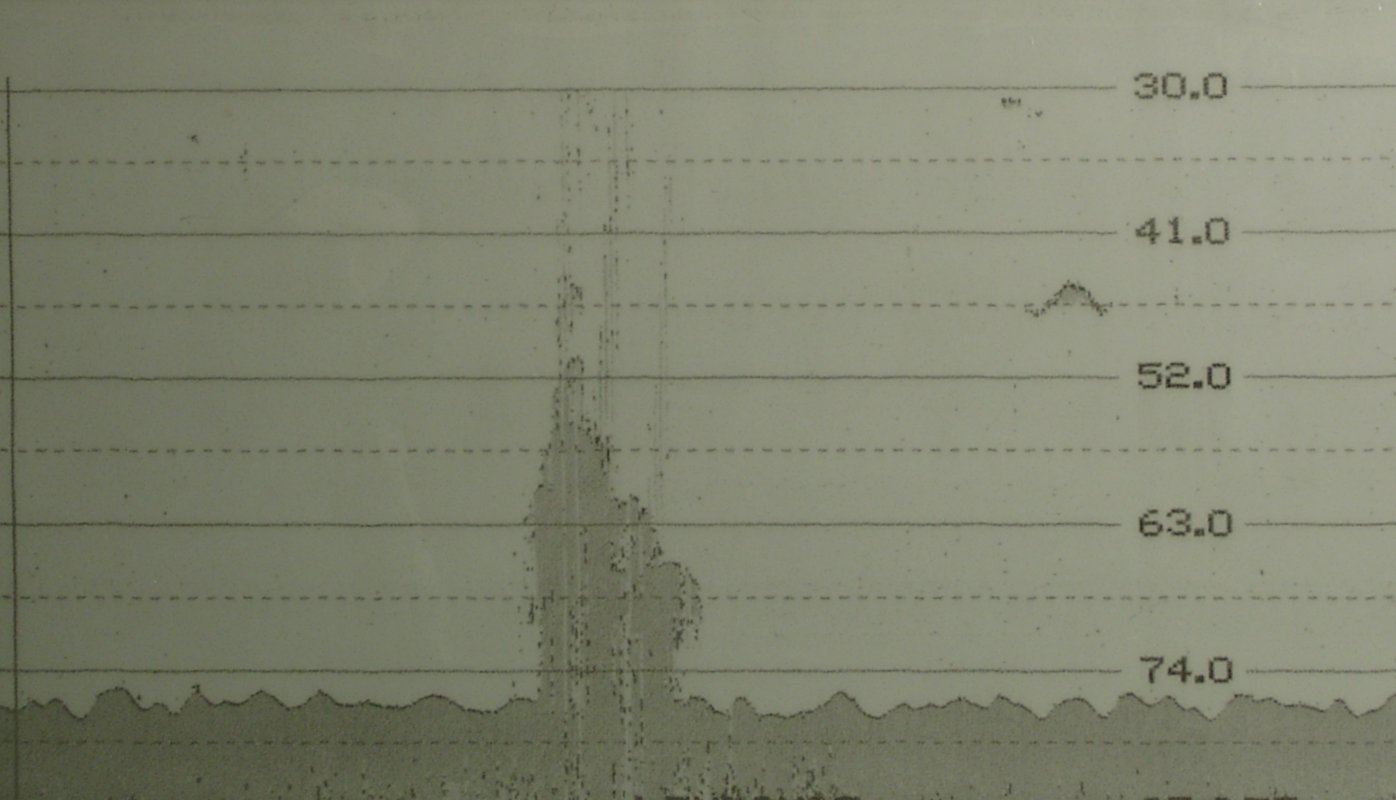
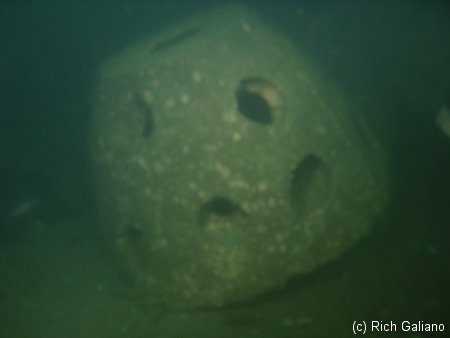
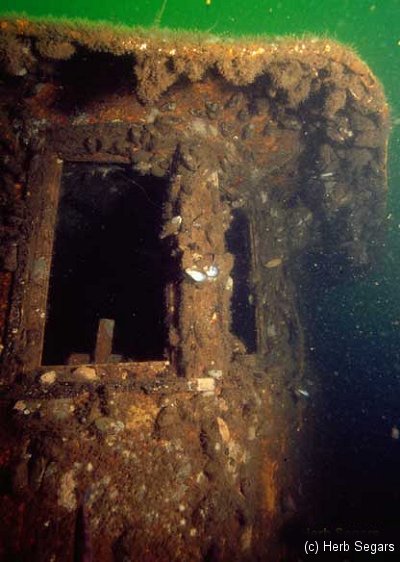
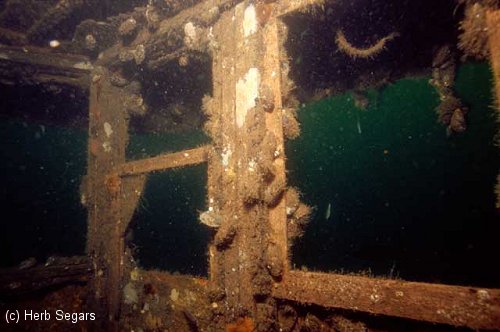

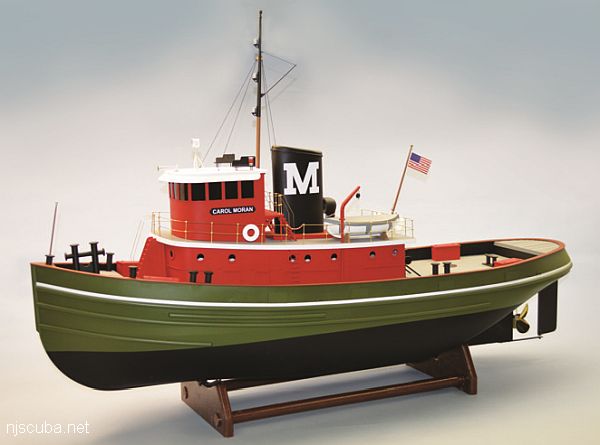

Questions or Inquiries?
Just want to say Hello? Sign the .